I have a fair number of boats in my fleet, and some are getting on in years. The oldest of the ones I’ve built is a Chamberlain gunning dory my father commissioned in 1980. The oldest of them all is an English river wherry bearing an oval brass plate that reads: T. Cooper & Sons of Shrewsbury, Boatbuilders, Shrewsbury. Dad acquired it perhaps 40 years ago and believed it was built around 1890.
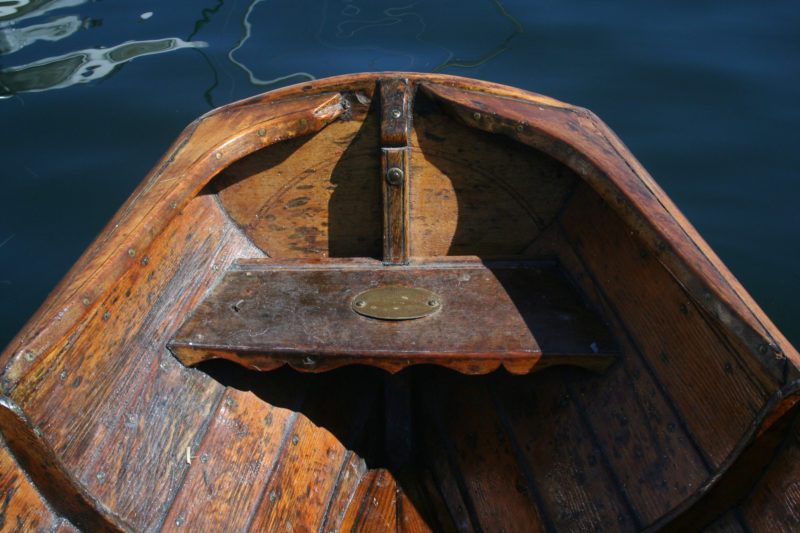
All of the structural pieces in the stern have decorative touches. The builder’s plate is fixed to the thwart.
Dad may have told me where he found the wherry, but I can’t recall that detail; at the time it was just another boat in a garage crowded with racing shells and I didn’t pay much attention to any of them. As I remember the boat when he brought it home, it was entirely gray with dust and weathering. Whatever differences there were in the woods used for planking, thwarts, transom, and the rest were masked with age. It seemed that Dad might sand all the way through a piece without finding a trace of color or a whiff of fragrance that would indicate whether it was cedar, mahogany, or oak.
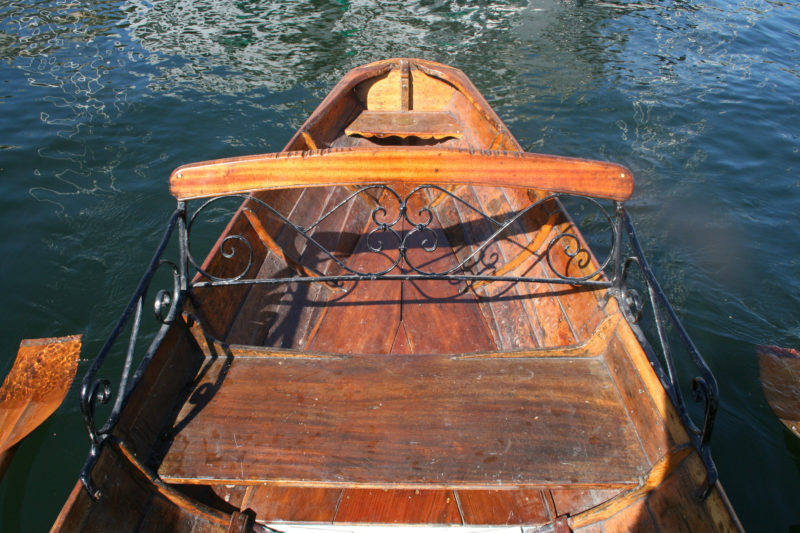
The seat has a mahogany backrest supported by an ornate cast-iron frame.
Years passed before Dad got around to restoring the boat, and sanding and varnish did bring out the colors of the wood, but there was no hiding the boat’s age. While some of the mahogany beamed with a coppery glow that had been dimmed for decades, all of the wood was mottled with the dark age spots befitting a supercentenarian. The passenger-seat backrest bore the scars where the tiller lines cut grooves in two clusters, separated by the shoulder widths of the people who once sat there.
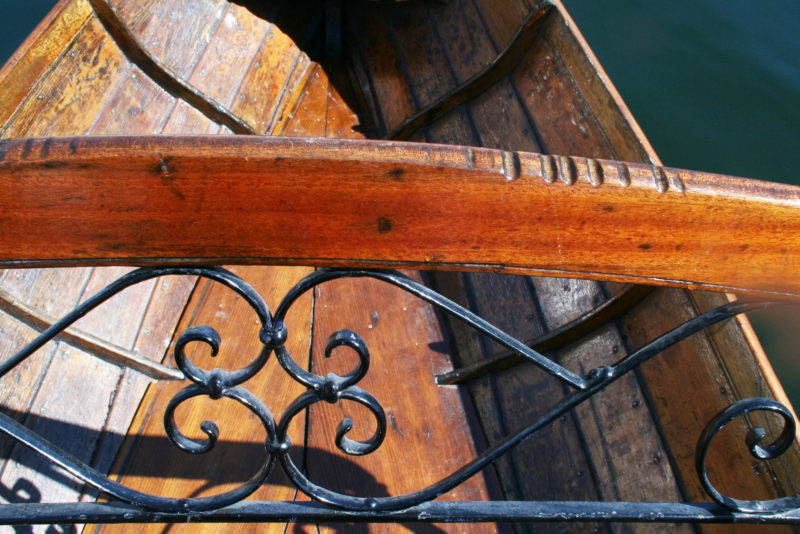
After decades of use, probably by livery customers, the wherry’s tiller lines had worn grooves in the backrest
It was important to Dad to make the boat serviceable again rather than just clean it up for display, and, remarkably, all that was required was sistering the frames by the oarlocks and adding an extra floor amidships. The rest of the boat just needed varnish and paint. Dad painted the hull dark green and later blue with a white sheer, the colors of the Lake Washington Rowing Club, where he coached crews and kept racing shells in working order.
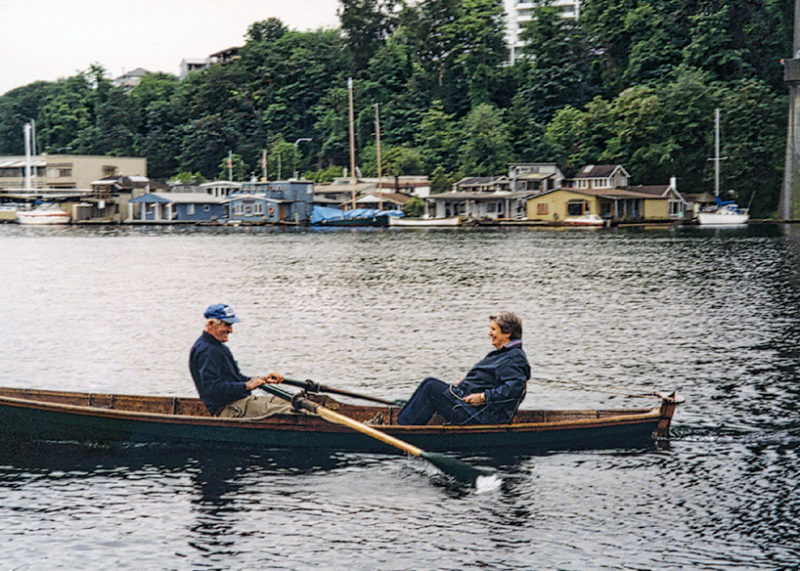 Photographer unknown
Photographer unknownMy father took took to the oars while my mother tended the tiller lines when they went out for a row on Lake Union. After restoring the wherry, he painted the hull dark green.
Dad kept the wherry at the club’s shellhouse and for special occasions the wherry would be carried to the dock and left in the water for a few days to give the seams of the lapstrake hull time to take up. I rowed the wherry on two of those special occasions, both in the months that followed my father’s passing in 2013. The first was a loop of Lake Union, rowing as a memorial to him with a fleet of club boats and rowers. The following May, the wherry was one of the three boats at the head of a parade for the opening of Seattle’s boating season; I rowed beneath a fluttering blue banner bearing Dad’s name. Since then, I’ve taken the boat out of storage a few times and rowed it in the protected waters of the ship canal next to the club.
 Marilyn Goo
Marilyn GooWith the wherry now in its new color scheme, my sisters and I went out for a memorial row with the Lake Washington Rowing Club after Dad’s passing. Ellyn, in the bow, wears his Cunningham-tartan scarf. Laurie sits forward of the family private signal, bearing a design that has been flown by seven generations now.
As my father did, I consider the wherry a boat to be rowed, not a relic. I think Mr. Cooper and his sons would be pleased that their work has survived for 130 years and the wherry is not idle in some museum, but still in use and rowed by someone who appreciates their craftsmanship and knows how sweetly it moves through the water.
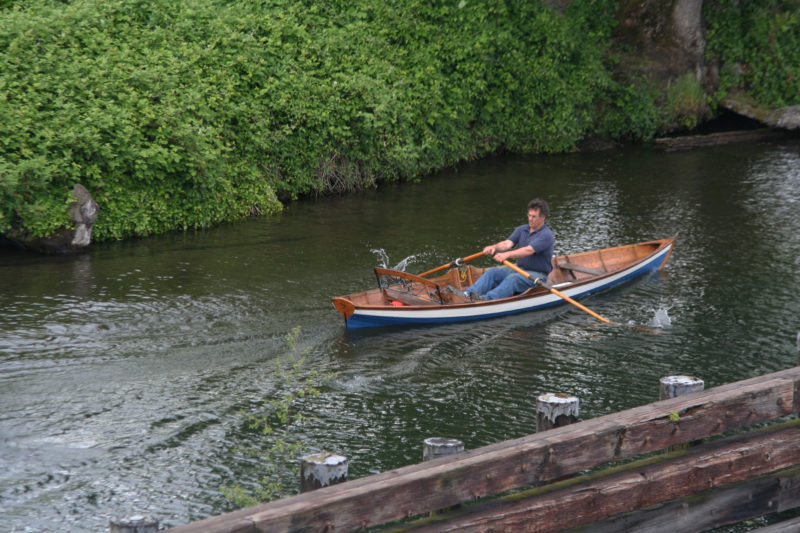
Built in England 130 years ago, the wherry remains in use 6,000 miles away from the shop that produced it.
One hundred and thirty years is a long time for a boat to remain in service. Even the first boats I built—the gunning dory, a Marblehead skiff, and a lapstrake Whitehall—have almost a century ahead of them to match the longevity of the Shrewsbury wherry. I think my Whitehall, in particular, has a chance. It is built in much the same way as the Coopers built the wherry, with copper fastenings instead of epoxy, solid wood throughout instead of plywood, and natural crooks for knees and breasthook instead of laminates. When I built the Whitehall, I was just 30 years old and not thinking very far ahead, only doing the best work I could.
Fastened with bronze boat nails to my Whitehall’s transom is an oval of brass with my name and 1983 stamped in it. Will someone a century from now look at that plate and wonder about me as I do about T. Cooper and his sons? Will my boat also convey something about a boatbuilder whose name alone has been carried across time from forgotten generations? While I feel confident that some of the boats I’ve made will outlast me, I’d like to think that a few will survive well beyond that and some of my work will remain after my inevitable erasure from memory.
The Coopers remind me to do good work that lasts. It may be the balm to soothe the sting of mortality.![]()


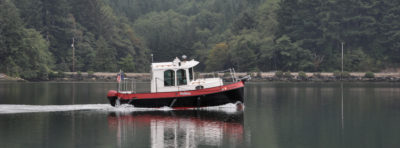
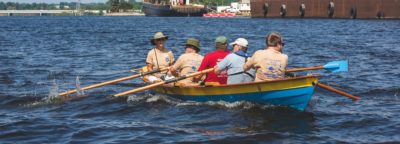
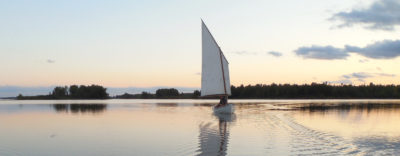
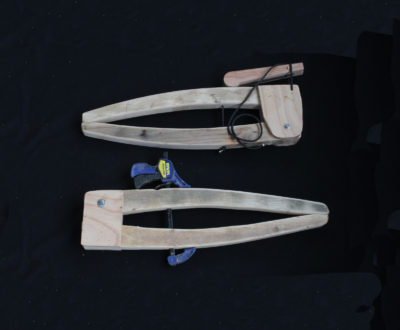
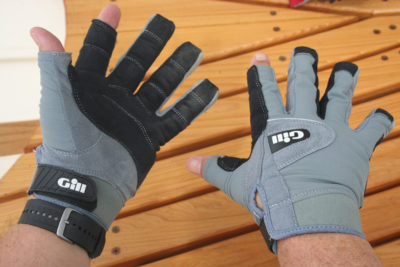
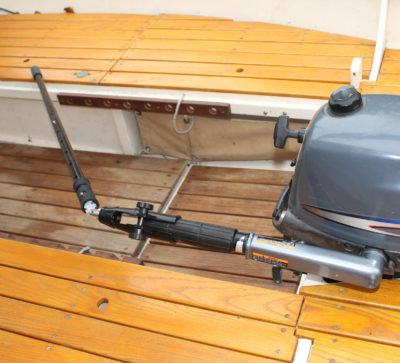
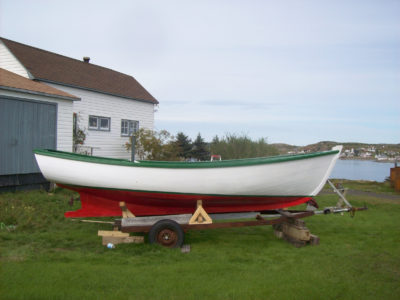
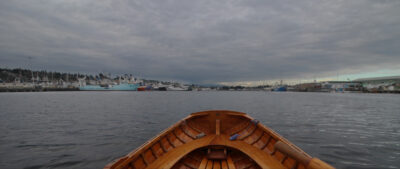

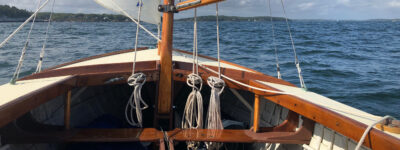
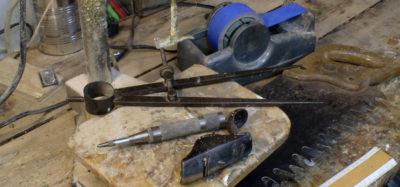
I had an almost identical skiff. My understanding is that they were designed as pleasure craft for people to rent by the hour. These were usually on boating lakes so that those who could not row were not swept away. Every man then knew that the only form of propulsion was by oar and everyone who hired a boat sort of knew what to do. The fancy seat was so that the girlfriend could go out with you and steer. Hence the rudder lines worn slots. If sand got onto the rudder lines, these would have acted as a kind of saw. (This apparently is the way the Venetians cut stone in the 14th century.) The key to boating was to get away from the omnipresent eye of the chaperone whose job it was that a young woman did not get herself into trouble!
I had the pleasure of rowing my wife and her daughter down the river Nid near Harrogate, England, in a similar boat nearly 26 years ago. It was well-used and was probably quite old. It was a pleasant experience and the boat rowed easily.
The thing about longevity is how well a thing is perceived by future generations. In the case of a boat, even if it’s in rotting condition, will it stir someone enough to want to duplicate it, thus giving it a future life?